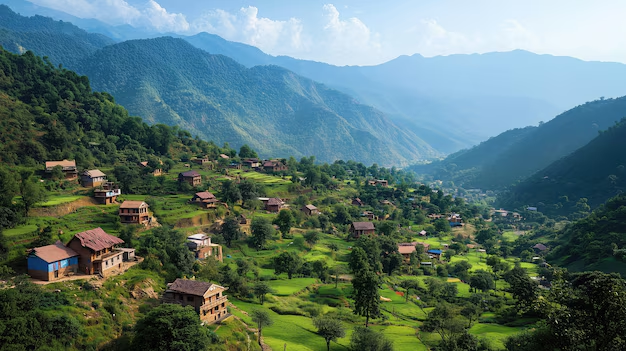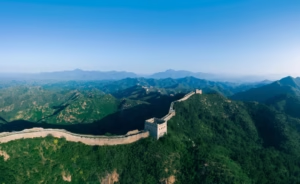Uttarakhand: A Journey through Geography, Culture, Nature

Nestled in the northern reaches of India, Uttarakhand—also known as Devbhumi or the “Land of the Gods”—is a tapestry of majestic mountains, sacred rivers, vibrant culture, and warm-hearted communities. Here’s a comprehensive yet easy-to-read exploration of Uttarakhand’s beauty, heritage, and charm.
Geography & Natural Wonders
- Himalayan Majesty: Around 86% of the state is cloaked in the Himalayan mountains, with districts in the north part of the mighty Himadri range. peaks like Nanda Devi (7,816 m) define its skyline.
- Valleys, Forests & Rivers: Lush green pine, oak, fir, and deodar forests blanket the terrain (65% forest cover).The Ganges and Yamuna rivers flow from glacial origins, carving deep valleys that host vibrant life.
- Biodiversity: Several national parks—Jim Corbett, Rajaji, Nanda Devi—and sanctuaries are home to tigers, snow leopards, black bears, elephants, and over a hundred bird species.
https://sypertimes.com/mcleod-ganj-the-little-lhasa-of-india/
Climate & Best Time to Visit
- Spring (March–June): Mild to warm (20–35 °C), blooming valleys like the Spike of Valley of Flowers make it a treasure trove for trekkers.
- Summer (July–September): Cooler hill retreats paired with heavy monsoon showers; however, also bring great greenery and occasional landslide risks.
- Winter (October–February): Cold and snow-capped peaks (3–15 °C). Ideal for winter sports in places like Auli and Kedarkantha.
Spiritual & Pilgrimage Heritage
- Char Dham Circuit: Includes Yamunotri, Gangotri, Kedarnath (3,583 m), and Badrinath—a revered spiritual pilgrimage for millions.
- Kedarnath Temple: One of Shiva’s 12 Jyotirlingas, accessible via a 17 km trek from Gaurikund.
- Festivals & Melas:
- Nanda Devi Raj Jat Yatra—a monumental pilgrimage every 12 years, spanning over 280 km.
- Ghughutiya Festival (Makar Sankranti)—sweet offerings to birds, especially crows.
- Celebrations like Uttarayani, Basant Panchami, Ganga Dussehra, and the Kumbh Mela in Haridwar reflect vibrant traditions.

Culture, Language & Arts
- Languages: Garhwali, Kumaoni, and other dialects flourish alongside Hindi.
- Folk Music & Dance:
- Chholiya: a fiery Kumaoni sword dance for auspicious occasions.
- Langvir Nritya, Barada Nati, Jagar, Pandav Nritya, and regional folk performances deepen cultural storytelling.
- Arts & Crafts: Pahari paintings, wood carvings, and locally woven shawls reflect intricate regional artistry.
Cuisine & Local Flavors
- Staples: Wholesome dishes like Aloo ke Gutke, Mandua roti, Kafuli, Chainsoo, and Khapli Khichdi reflect mountain life.
- Sweets: Bal Mithai, sweetened khoya treats coated with sugar nibs, is a regional delight.
- Bhang: A traditional Holi drink, though regulated outside festivals.
- Modern Himalayan Cuisine: Chefs at trailside restaurants are reimagining regional dishes using local produce.
Trekking, Villages & Offbeat Adventure
- Trekking routes: Challenging trails like Kedarkantha, Har-ki-Dun, Valley of Flowers, and Ruinsara Tal pass through rustic villages like Sankri.
- Enchanting Villages: Munsiyari (Panchachuli views), Mana (near Tibet), Khirsu (apple orchards), Chopta (“Mini‑Switzerland”), Pangot (birdwatching).
- Wildlife & Biodiversity Trails: Explore the World Heritage Valley of Flowers and Nanda Devi National Park for an immersive natural experience .
Challenges & Sustainability
- Environmental strife: Forest fires, floods, and landslides are recurring concerns during dry spells and monsoon rains.
- Urban strain: Overdevelopment in places like Joshimath has led to environmental degradation and structural instability.
- Sustainability efforts: Initiatives like high-altitude ultra-marathons and horticulture tourism (trail at Dunagiri) aim to boost eco-conscious travel




